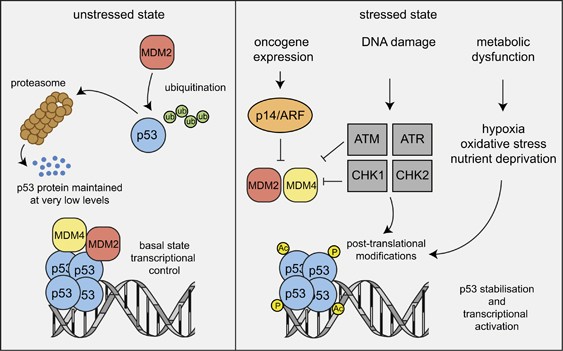
How does p53 induce apoptosis and how does this relate to p53-mediated tumour suppression? | Cell Death & Differentiation

Schematic diagram of p53 and PUMA regulation of apoptosis following... | Download Scientific Diagram
BH3-only sensors Bad, Noxa and Puma are Key Regulators of Tacaribe virus-induced Apoptosis | PLOS Pathogens

Therapeutic Response to Non-genotoxic Activation of p53 by Nutlin3a Is Driven by PUMA-Mediated Apoptosis in Lymphoma Cells - ScienceDirect

Wild-Type p53 Promotes Cancer Metabolic Switch by Inducing PUMA-Dependent Suppression of Oxidative Phosphorylation - ScienceDirect
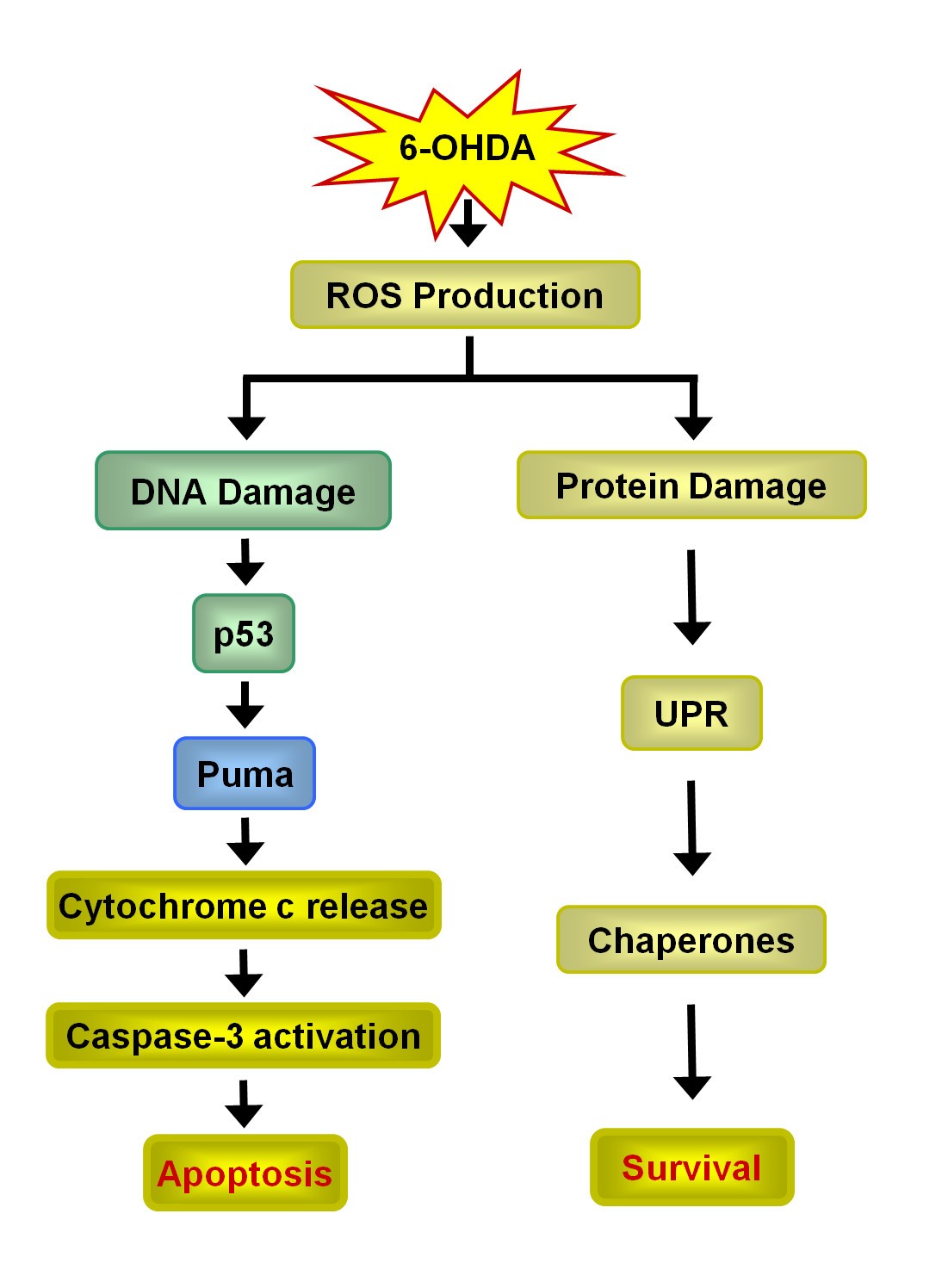
6-OHDA generated ROS induces DNA damage and p53- and PUMA-dependent cell death | Molecular Neurodegeneration | Full Text
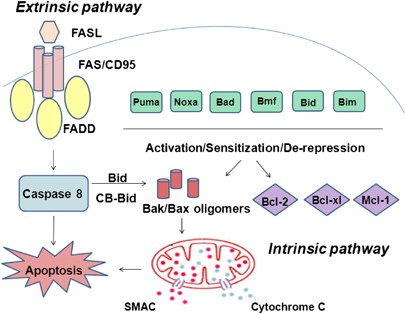
A review of the role of Puma, Noxa and Bim in the tumorigenesis, therapy and drug resistance of chronic lymphocytic leukemia | Cancer Gene Therapy

p53 Efficiently Suppresses Tumor Development in the Complete Absence of Its Cell-Cycle Inhibitory and Proapoptotic Effectors p21, Puma, and Noxa - ScienceDirect

Both p53–PUMA/NOXA–Bax-mitochondrion and p53–p21cip1 pathways are involved in the CDglyTK-mediated tumor cell suppression - ScienceDirect

The Essential Role of p53-up-regulated Modulator of Apoptosis (Puma) and Its Regulation by FoxO3a Transcription Factor in β-Amyloid-induced Neuron Death* - Journal of Biological Chemistry
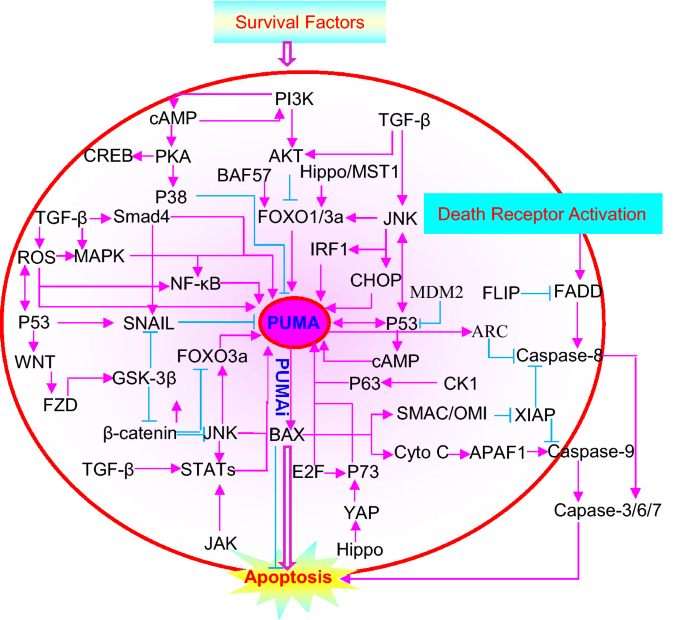
The role of P53 up-regulated modulator of apoptosis (PUMA) in ovarian development, cardiovascular and neurodegenerative diseases | SpringerLink

Both p53-PUMA/NOXA-Bax-mitochondrion and p53-p21cip1 pathways are involved in the CDglyTK-mediated tumor cell suppression. | Semantic Scholar
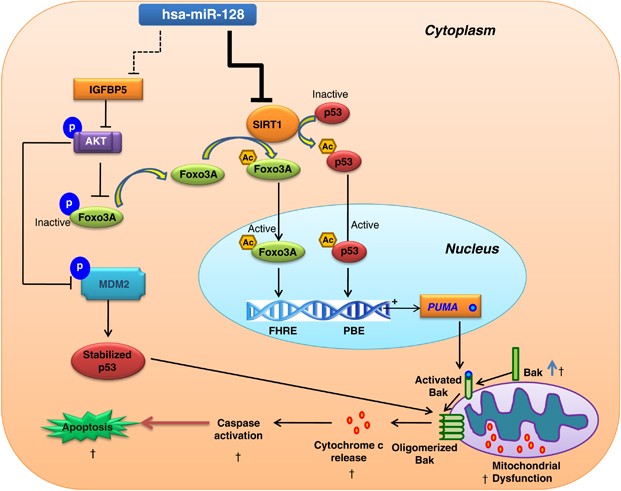
miR-128 exerts pro-apoptotic effect in a p53 transcription-dependent and -independent manner via PUMA-Bak axis | Cell Death & Disease
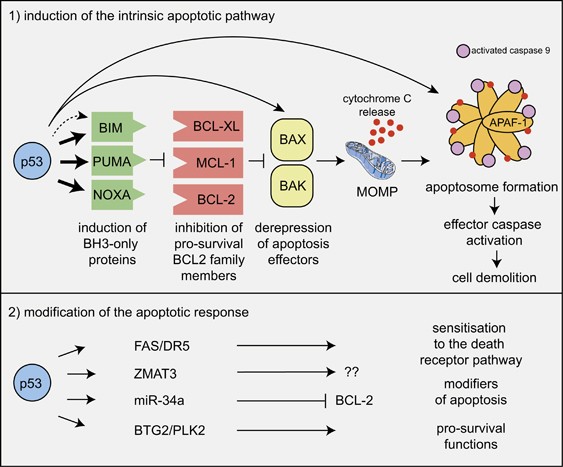
How does p53 induce apoptosis and how does this relate to p53-mediated tumour suppression? | Cell Death & Differentiation






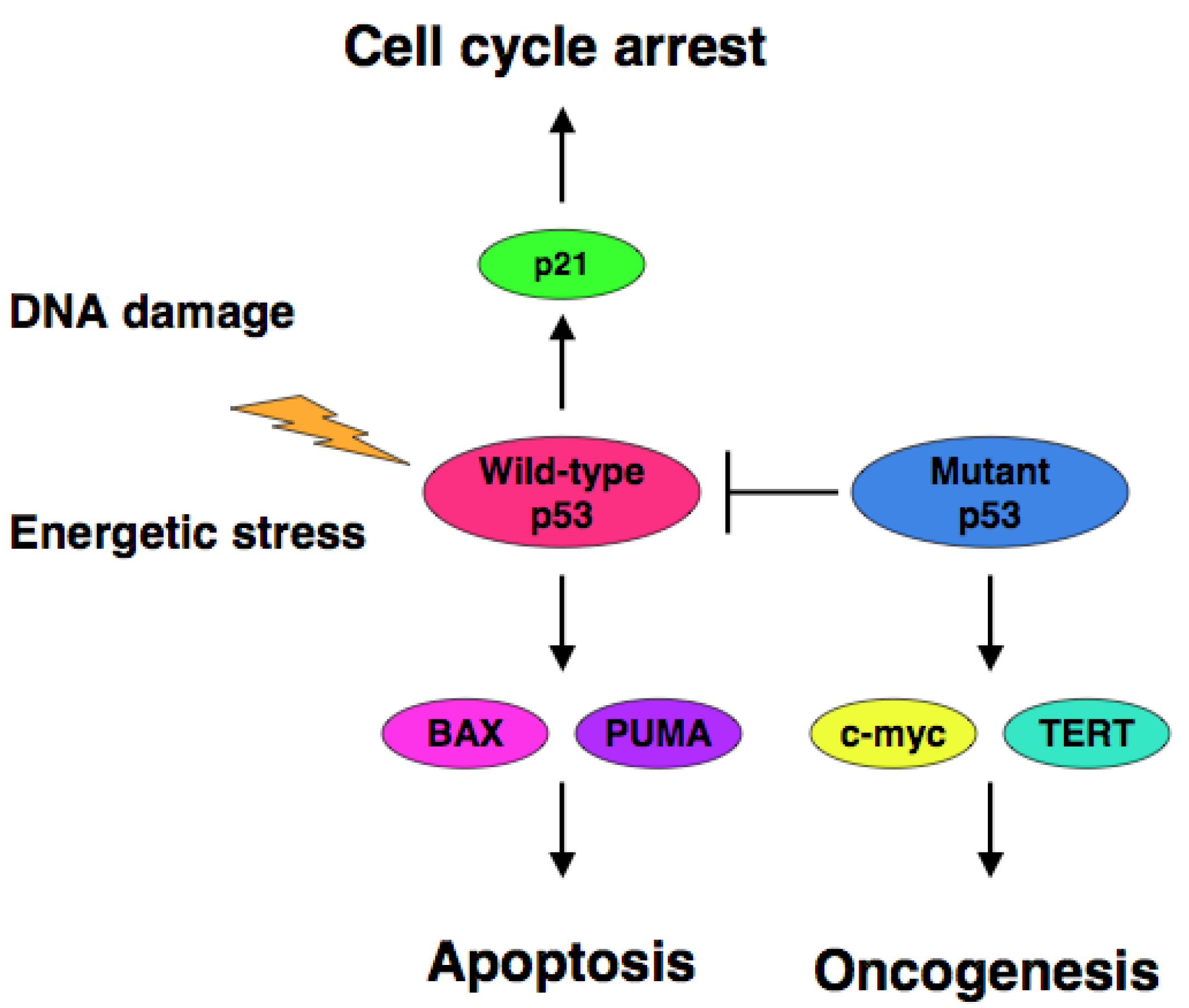

![PDF] Importance of proapoptotic protein PUMA in cell radioresistance. | Semantic Scholar PDF] Importance of proapoptotic protein PUMA in cell radioresistance. | Semantic Scholar](https://d3i71xaburhd42.cloudfront.net/007b74c8e175676f622b7c398091fdf81698eb6a/2-Figure1-1.png)


